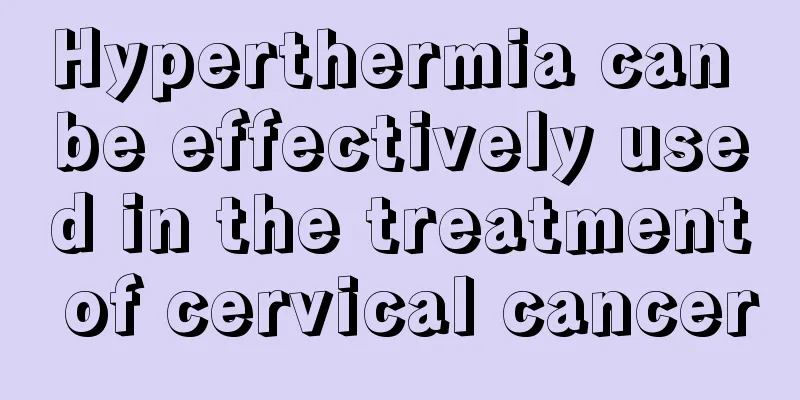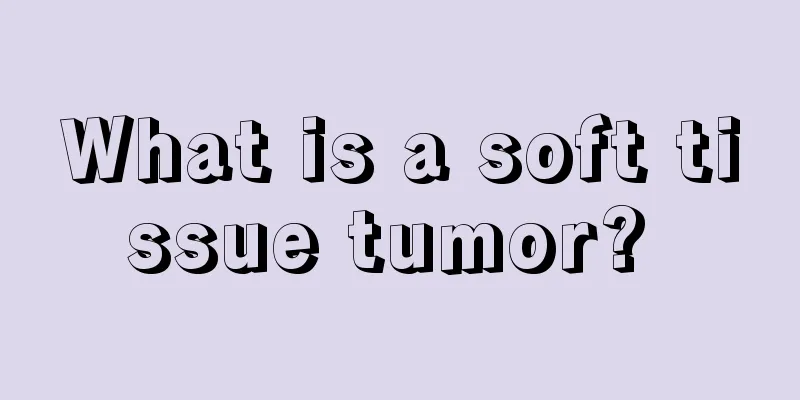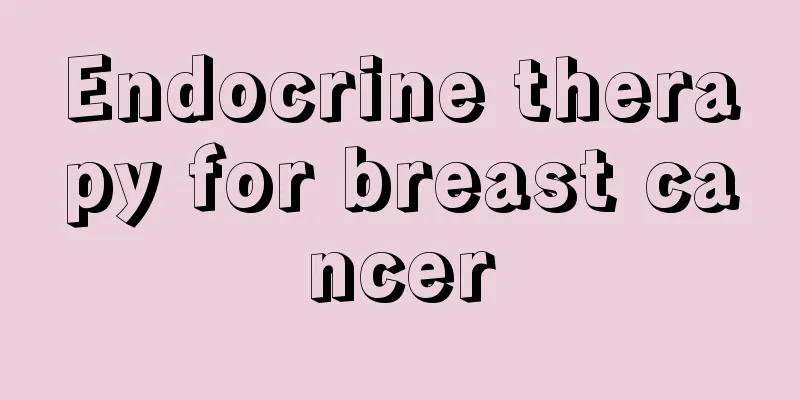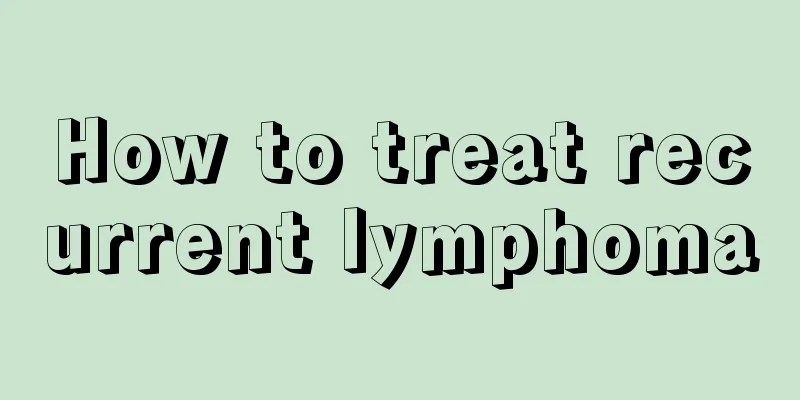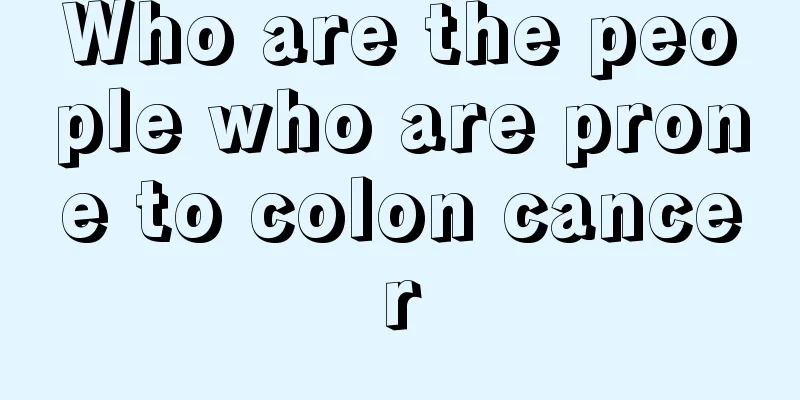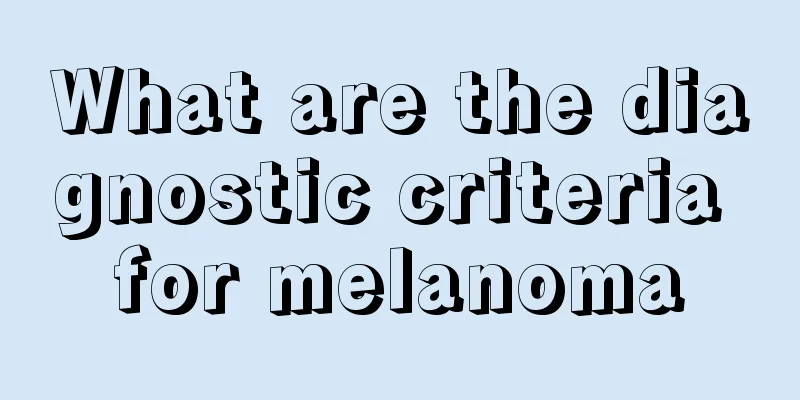Commonly used chemotherapy drugs for nasopharyngeal carcinoma
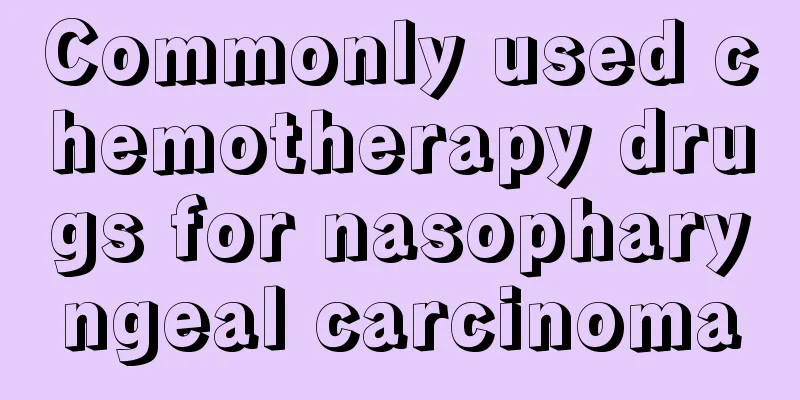
|
What are the commonly used chemotherapy drugs for nasopharyngeal carcinoma? Since the recurrence and metastasis rate of nasopharyngeal carcinoma is very high, chemotherapy is widely used in the treatment of nasopharyngeal carcinoma. This article will introduce you to the chemotherapy drugs for nasopharyngeal carcinoma. I hope it will be helpful to you. Bleomycin The complex of bleomycin and iron is embedded in DNA, causing single-strand and double-strand breaks. It does not cause RNA chain breaks. The first step of action is that the dithiocarbazine ring of this product is embedded between the GC base pairs of DNA, and at the same time, the positive charge of the terminal tripeptide amino acid interacts with the phosphate group of DNA to unwind it. The second step of action is that the complex of this product and iron leads to the generation of superoxide or hydroxyl free radicals, causing DNA chain breaks. Nimotuzumab Nimotuzumab is a transmembrane glycoprotein with a molecular weight of 170KD, and its intracellular region has special tyrosine kinase activity. In vivo and in vitro studies have shown that Nimotuzumab can block the binding of EGFR to its ligands, and has anti-angiogenesis, anti-cell proliferation and pro-apoptosis effects on tumors with overexpression of EGFR. Boanmycin Hydrochloride Boanmycin has a very significant inhibitory effect on a variety of mouse transplanted tumors, including sarcoma 180, liver cancer, Ehrlich carcinoma (solid type), esophageal cancer SGA-73 and melanoma HP, with a tumor inhibition rate of 85-90%. In vitro tests have a significant killing effect on several human cancer cell lines, among which the strongest killing effect is on liver cancer BEL-7402 cells. Boanmycin has a significant inhibitory effect on human liver cancer, gastric cancer and colon cancer transplanted in nude mice, with a tumor inhibition rate of 74%-90%. The LD50 of this product for a single intravenous and intramuscular administration to mice is 97.8mg/Kg and 70.5mg/Kg, respectively. After long-term administration to dogs and rats, 5-fluorouracil Since 5-FU is the first anti-metabolite synthesized according to a certain concept and is currently the most widely used anti-pyrimidine drug in clinical practice, it has a good therapeutic effect on digestive tract cancer and other entities, and occupies an important position in the treatment of oncology. This product needs to be converted into 5-fluorodeoxyuridine nucleotide by enzymes to have anti-tumor activity. 5-FU inhibits DNA synthesis by inhibiting thymidine nucleotide synthetase. The action of this enzyme may transfer the one-carbon unit of formyltetrahydrofolate to deoxyuridine nucleoside-phosphate to synthesize thymidine nucleic acid monoacid. 5-FU also has a certain inhibitory effect on RNA synthesis. 5-FU can be injected intravenously and intracavitary. Cisplatin Cisplatin has a broad anti-cancer spectrum, strong effects, synergistic effects with a variety of anti-tumor drugs, and no cross-resistance. It is one of the most commonly used drugs in current combined chemotherapy. In addition to being used in combination with commonly used chemotherapy drugs, it is currently more commonly used in combination with traditional Chinese medicine, such as the combination with modern anti-cancer Chinese medicine Hu Ming Su, which can play a good role in traditional Chinese and Western medicine and has a more obvious effect. Cisplatin is a heavy metal complex with divalent platinum combined with two chlorine atoms and two ammonia molecules at the center. It is similar to a bifunctional alkylating agent and can replicate with DNA. DDP cells are most sensitive, and high concentrations inhibit RNA and protein synthesis. This product acts on hypoxic cells and can diffuse through the charged cell membrane after entering the human body. It is currently believed that the main site of action of DDP is the purine and pyrimidine bases of DNA. The side effects of chemotherapy for nasopharyngeal carcinoma are undoubtedly quite large, and its application still needs further research. We also hope that further research can bring hope to nasopharyngeal carcinoma patients. |
<<: Can nasopharyngeal carcinoma be cured in the early stages?
>>: What herbal medicine is good for nasopharyngeal cancer
Recommend
Can finger thorns be inherited
The part where the finger nails and skin are conn...
Can cirrhosis nodules be cured?
Cirrhosis is a common chronic liver disease in cl...
Clinical characteristics and differentiation of childhood brain tumors
Among the 40,000 new brain tumor patients in my c...
What are the obvious manifestations of early symptoms of colon cancer
In recent years, the number of patients with colo...
Directions and manipulations of Qingfei Meridian in children
For children with poor physical constitution, fre...
What are the prevention methods for lymphoma
According to authoritative scientific reports, th...
What are the early symptoms of osteosarcoma?
Osteosarcoma is very easy to deteriorate. Usually...
What are the advantages and disadvantages of plasma extraction?
I believe many people have had the experience of ...
Methods for whitening, moisturizing and lightening spots
People are greedy and hope that their skin can be...
What causes dry skin to become oily
Dry skin is more prone to cracking in the winter,...
Is hyperthermic intraperitoneal chemotherapy good?
The abdominal cavity is very important to our bod...
What should I do if a front tooth falls out
There are many types of front teeth loss, such as...
Purine and ventilation
Gout is a common disease that occurs in middle-ag...
Is pregnancy with cervical cancer dangerous? What are the ways to prevent cervical cancer?
Clinical data show that cervical cancer is one of...
How to remove grease from the pot?
A newly bought rice cooker may look very clean, b...


